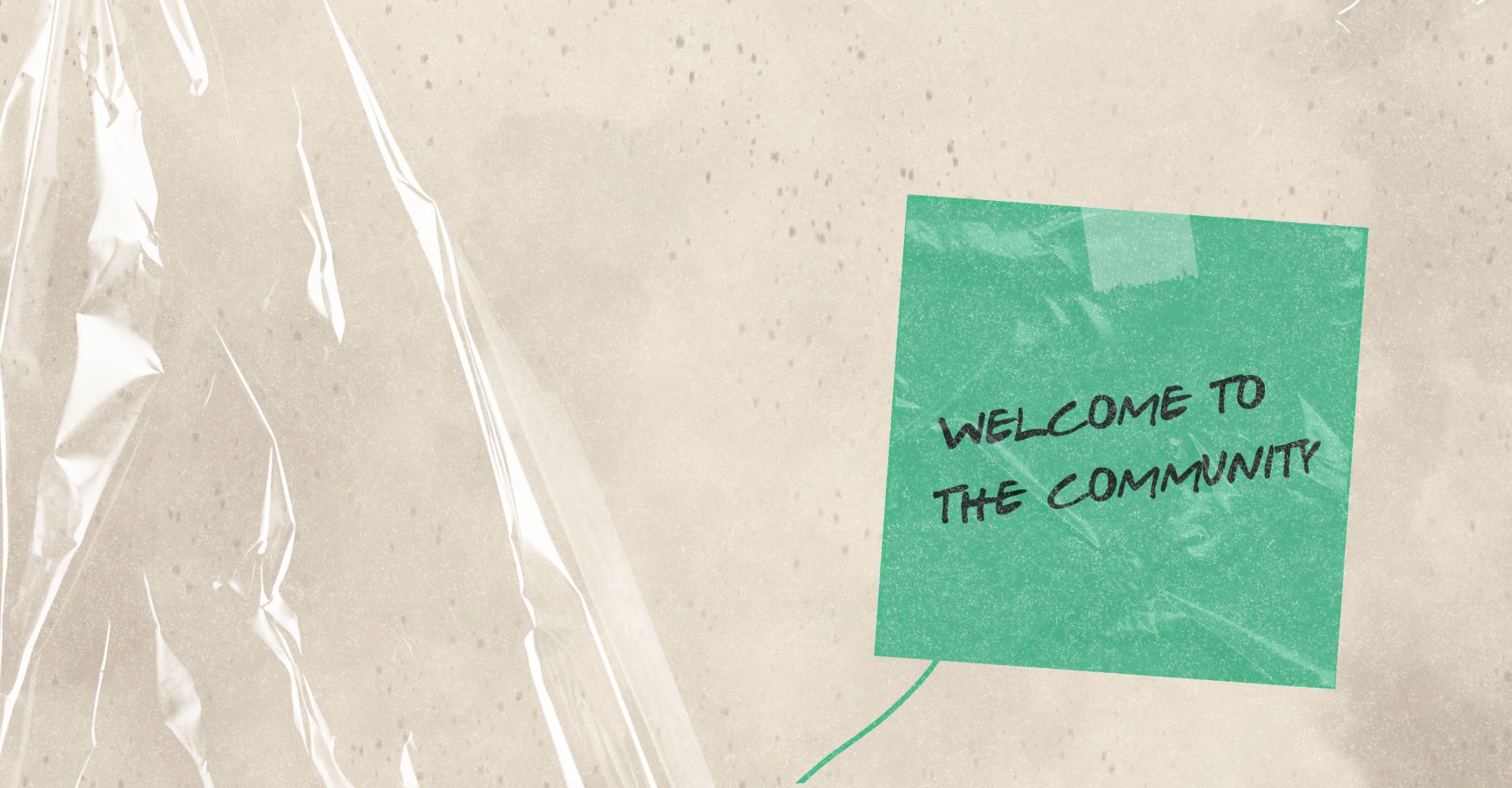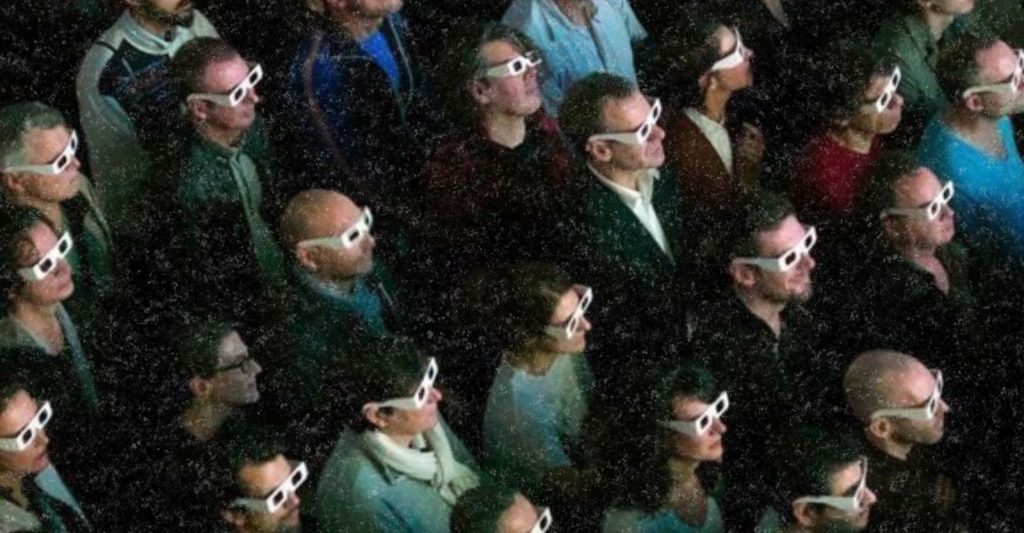
Welcome to the Community!
Today I’d like to expand on an idea I have covered previously: the creation of a Department of Community, a new city-run agency with branches all across New York City that is geared to help residents solve practical problems and become better community members. Perhaps the most important service this Department would provide—and the one that all new residents of the city would be exposed to first—is its welcoming branch.
Imagine coming to New York and being greeted by a Community Ambassador coming to your door like a new neighbor. Or being assigned a caseworker whose job it is to make sure you find affordable housing, relevant local services, and learn the rules of the road (as I covered in a prior post). These Community Ambassadors would be paid city employees with backgrounds in social work and community building. They would have received training, for example, in how to approach refugees, asylum seekers, gig economy workers and others and help them assimilate in their new communities.
This would be more of a customer service role than a bureaucratic one. These are highly-trained customer service agents for the City of New York. You could even picture these Ambassadors in a custom workout suit with a “Welcome to New York” label. It would be almost like a college orientation helper ready to greet you at the dorm and say: “I see you’ve just moved in. Welcome. Let’s go over neighborhood guidelines, and also how we can help you learn to thrive in this community.”
It would not be sufficient to rely on volunteers for this critical role. Volunteers lose energy over time. There would be enormous turnover. It needs to be a paid role, but it would be a position that would pay dividends to the city beyond whatever costs it entailed to set up the Department, run it, and pay its employees. There are so many high but avoidable costs to a city that does not properly orient its new and most vulnerable residents, from traffic violations to emergency room visits to petty crimes and tax avoidance.
The potential benefits don’t end with the mitigation of certain costs If, like a college orientation helper, these Ambassadors earn the trust of the new arrivals from the start by helping them find apartments, improve their financial literacy, navigate the city and state bureaucracies, they will build up a reservoir of goodwill that be drawn on down the road to help resolve disputes, handle misunderstandings, and smooth over other difficulties. This would not only save law enforcement resources but also help relieve overcrowded court dockets. Imagine that one of the food delivery workers I mentioned in my last essay is riding his bike on the sidewalk, putting pedestrians at risk. He is approached by a Community Ambassador, who he has learned to trust and not to fear, and they can have a civil discussion about his conduct and why it needs to be altered.
Or to take an even more significant example from recent history: imagine if a small army of Community Ambassadors had been deployable here in the city during the Covid-19 pandemic. They could have played a crucial role in responding to such a public health emergency. This includes helping with Covid-19 testing and contact tracing, with the distribution of the vaccine, and with ensuring that vulnerable populations and essential workers are prioritized for vaccination. Ambassadors could also have played a key role in health education and awareness, helping educate the community about the importance of social distancing, hand hygiene, and other preventive measures, and reducing the spread of misinformation
This communication and facilitation role could also happen for more routine community matters online with a Department of Community website and app that serves much the same purpose as a service like Next Door, but that has actual authority and public resources behind it. Better communication is a critical ingredient to community and that is something I plan to cover in more detail in future essays.






